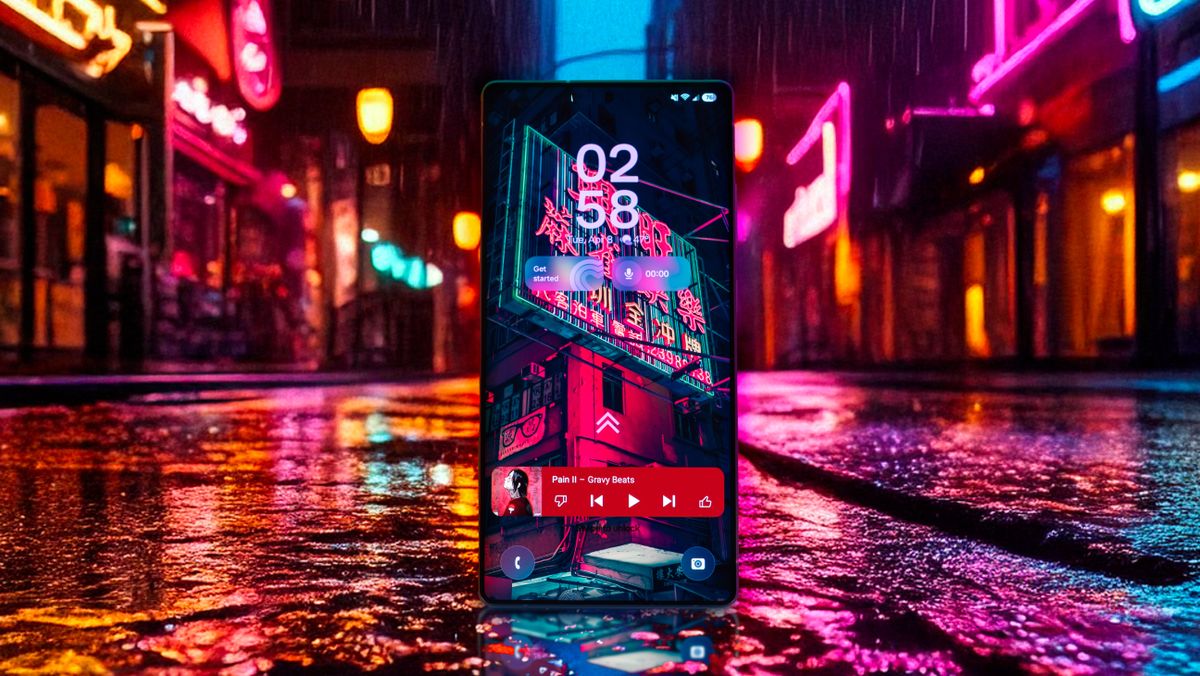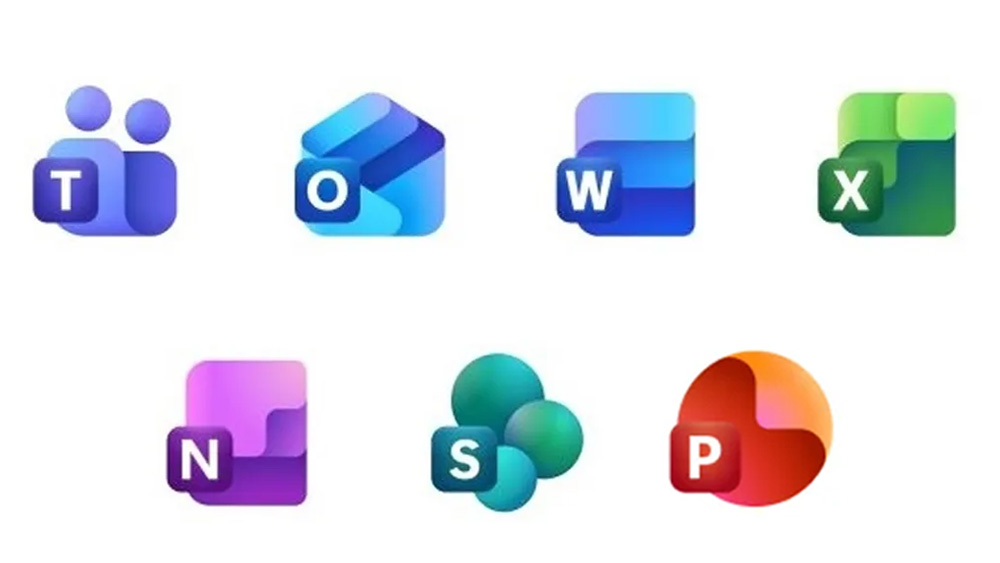Google Revives Lock Screen Widgets: A Look at the Resurgence of a Beloved Feature

Significant updates in technology can often yield a variety of outcomes. On one hand, they may introduce exciting new features that seamlessly integrate into our daily routines and enhance our user experience. On the other hand, cherished functionalities can sometimes be removed, vanishing from the landscape until, years later, they make a surprising comeback. This cyclical nature of tech trends leads us to the revival of an old favorite: lock screen widgets.
Initially introduced as a prominent feature in Android 1.0, widgets saw a decline in user engagement after Google eliminated lock screen widgets in Android 5. However, as trends often do, what was once dismissed is now regaining traction. The recent rollout of Samsung's One UI 7 is breathing new life into lock screen widgets, transforming them into a sought-after feature once more. Such a resurgence has captured the attention of Google, leading them to highlight the importance of widgets for user engagement in their latest Android Developers blog post. It's a fascinating turn of events, indeed.
We first witnessed the groundwork being laid for the return of lock screen widgets during the beta phase of Android 14. This was quickly followed by a full deployment of the feature on the Google Pixel Tablet last September. The excitement doesn't stop there; as Android 16 prepares for a quarterly update, more devices will gain access to this feature. Yet, Samsung is outpacing its competitors by incorporating lock screen widgets into all devices equipped with One UI 7 in 2023.
The renewed focus on widgets from Google began to gain visibility with the launch of the redesigned Pixel Weather app last year on the Pixel 9. This app not only showcased a variety of aesthetically pleasing widgets but also offered users a clear and concise way to access a wealth of information at a glance. While the design choices may restrict users from placing individual widgets freely on their home or lock screensa classic Google movemany third-party developers are now taking widget functionality more seriously, prompting Google Play to adapt accordingly. Developers can now feature their app widgets directly in their Play Store listings, and users have the option to filter apps based on their widget offerings.
Incorporating widgets into everyday life has become second nature for many users. Personally, I rely on widgets daily to streamline tasks such as jotting down notes, controlling media playback with a dedicated YouTube Music widget, conducting Google searches through both text and visual means with the Google widget, and managing my weekly meal plan with Our Groceries. I can even initiate routines for my Roborock robot vacuum with a simple tap and scroll through my calendar without needing to navigate to the app.
However, my primary curiosity now lies in relearning how to effectively use lock screen widgets after their previous disappearance. They fell out of favor back when Android 5 was released, coinciding with the rise of biometric authentication methods that made users less reliant on their lock screens, often opting to unlock straight to the home screen instead. Times have changed, and theres now a growing appreciation for the functionality of lock screens.
Having distinct widgets on the lock screen provides an additional canvas for personalizing our daily interactions with our devices. I already envision the specific widgets that will populate my lock screen. My dedicated YouTube Music widget will occupy prime real estate, ensuring that I can quickly access it without relying on the operating system to guess my preferences accurately.
Additionally, I will have a dedicated flashlight button along with several smart home controls, easily accessible with a simple press of my thumb. A glimpse at my Strava health data, synced from my OnePlus Watch 3, will serve as a motivational nudge to stay active. And I can't forget the quick access to voice memos through Google Keep, allowing for spontaneous note-taking at any moment.
Meanwhile, my home screen will remain a space reserved for more private and sensitive information, such as scrollable notes, an overview of incoming emails and messages, and a cherished photo frame filled with memories. The revival of widgets has rekindled my enthusiasm, and I am genuinely excited to see Google reinvesting in this feature, particularly in an era where tools like Good Lock empower users to profoundly customize their home and lock screens.
























